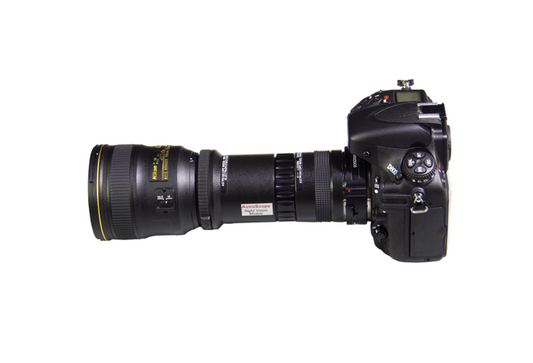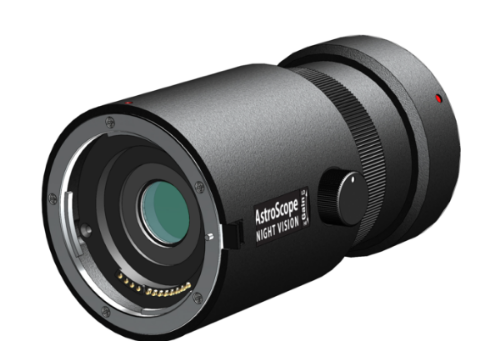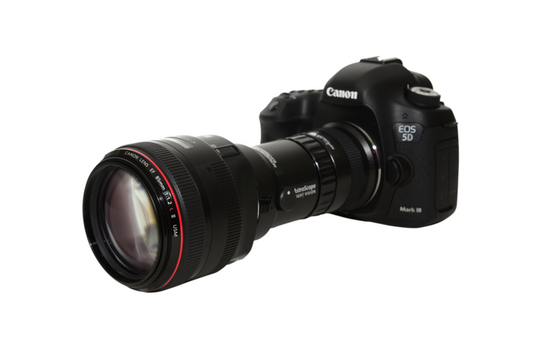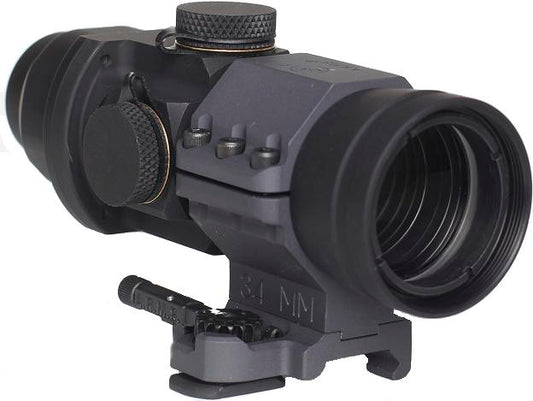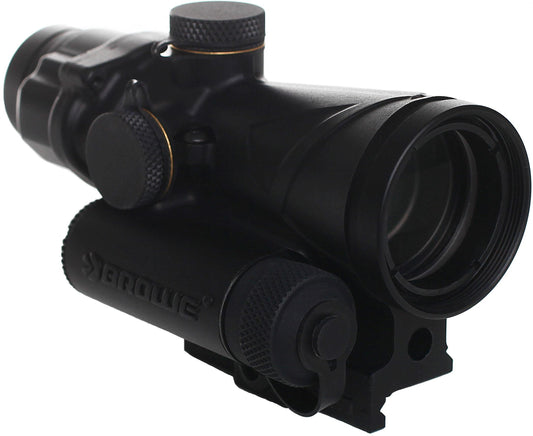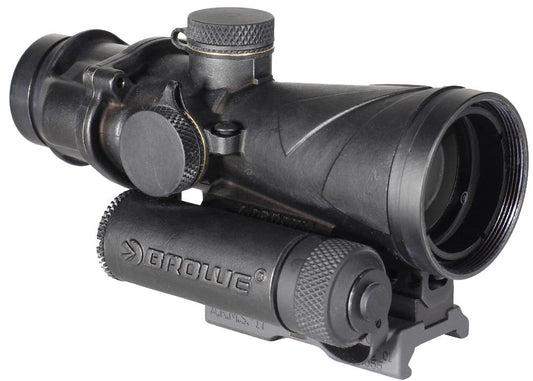Military Night Vision Camera Adaptors and Equipment
Anchortex supplies military grade night vision optics and night vision devices made by brands, including Lynred USA and others. Anchortex supplies Lynred Astroscope high performance night vision camera adaptors and night vision camcorder adaptors. We also supply thermal vision devices, night vision goggles, scopes, monoculars, and other multipurpose night vision systems. Our night vision device customers are military units as well as law enforcement and other public safety departments.
Who uses Security Night Vision Equipment?
Anchortex supplies night vision devices and equipment to military, law enforcement and public safety departments. Night vision is a critical capability for security companies, military personnel, special forces, fire, rescue, and emergency/disaster response teams.
Military Night Vision Devices
What is a Military Night Vision Device?
A military or security Night Vision Device (NVD) is an optical instrument that allows images to be produced in levels of light approaching total darkness. They are most often used by the military and law enforcement agencies, but are available to civilian users. The term usually refers to a complete unit, including an image intensifier tube, a protective and generally water-resistant housing, and some type of mounting system. Many NVDs also include sacrificial lenses, IR illuminators, and telescopic lenses.
Military Thermal Vision Devices
What is a Military Thermal Imaging Device?
A military or security thermal imaging device gives the ability to see targets in darkness or smoke. Thermal imaging is a technology that creates a photographic image or video sequence of light emitted by an object at terrestrial temperatures. Infrared thermography is not the same as night vision. Night vision operates on the principle of light amplification, so in a totally dark environment light amplification would yield no image whereas a thermal imager would.
What are the uses for Night Vision and Thermal Vision?
Night Optics vision devices and thermal vision devices are primarily utilized for officer and war fighter safety, special forces operations, patrolling, critical infrastructure protection, land/air/sea surveillance, building entry, port and border security, airport security, search and rescue, aviation, criminal investigation, wildlife observation, wildlife management, camping and boating. They are primarily sold to the U.S. military, as well as local and federal law enforcement agencies, government agencies, international U.S. allies, homeland security forces, and commercial end-users.
Be advised that most of our night vision products are subject to the jurisdiction of the U.S. Department of State in accordance with the International Traffic in Arms regulations (ITAR) (22CFR 120 through 130) and cannot be exported without proper licenses.

